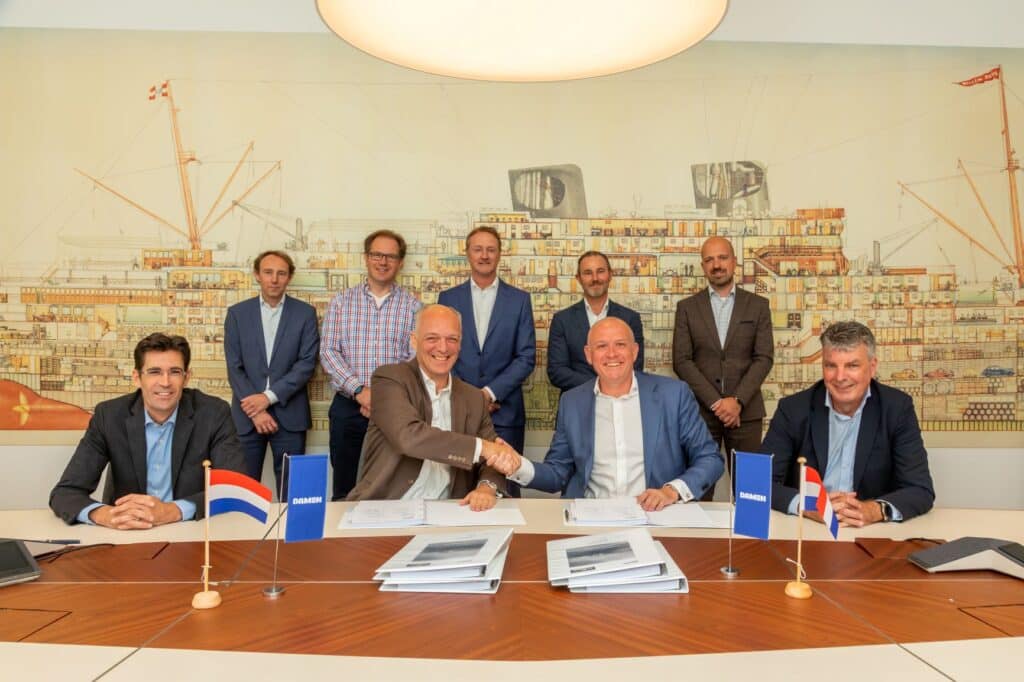Examples of known complications are:
- Failing VHF communication, caused by navigation lighting
- High inrush currents after a black-out
- Flashing, fluctuating or glowing LED lighting
- Harmonic distortion
Thorough testing of LED lighting
Many LED lights draw non-sinusoidal currents, which could affect other equipment connected to the power grid. Besides LED lights require very little energy to light up which makes some of them vulnerable to disturbances. Not all these aspect are properly covered by CE marking requirements and so RH Marine performs tests on applied lights on regular bases. A few examples of the eight different aspects that are investigated:
- Inrush currents: Inrush currents ranging from 9 to 113 times the nominal current were found;
- Harmonic current emission: Levels ranging from 10 to 180% were found;
- Ability to withstand harmonic distortion;
Selecting the right LED lighting
RH Marine has bundled all LED testing information in one overview that clearly specifies how different LED types perform on EMC indicators. A clever tool to select the right LED lighting for each scenario.
Get support from an EMC specialist
Are you experiencing EMC issues onboard your vessel? Or are you planning to convert to LED lighting? As an EMC specialist, RH Marine can advise you on these matters. You can contact us through EMC@rhmarine.com


